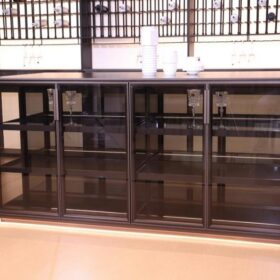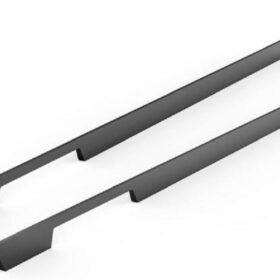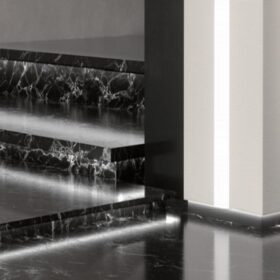Installing Heavy-Duty Friction Stays for Enhanced Window and Door Security
As homeowners seek heightened protection amidst evolving security concerns, safeguarding entry points becomes paramount. Heavy-duty friction stays offer an effective and discreet solution, enhancing window and door security while maintaining functionality and aesthetics. This article provides a comprehensive guide to installing heavy-duty friction stays, ensuring optimal security measures for your home.
Components and Mechanism
Friction stays comprise three primary components:
Base plate: Affixed to the window or door frame, providing support and pivot point.
Arm: Extends and retracts, regulating friction and controlling the window/door movement.
Roller: Attached to the arm, it slides against the base plate, generating friction that opposes the movement.
When the arm is extended, the roller engages the base plate, preventing the window or door from opening beyond a predefined range. The friction generated maintains a secure hold, deterring unauthorized access.
Benefits of Heavy-Duty Friction Stays
Enhanced security: Heavy-duty friction stays effectively deter forced entry by making windows and doors more difficult to pry open.
Discreet design: Unlike bulky locks or bars, friction stays are discreetly integrated into the window/door frame, preserving aesthetics.
Flexible operation: Friction stays allow windows and doors to be opened and closed smoothly, providing ease of use.
Versatile application: Suitable for various types of windows and doors, including casement, awning, and sliding styles.
Installation Process
Materials required:
Heavy-duty friction stays
Screws (appropriate size for the friction stay and frame)
Screwdriver or drill
Steps:
1. Identify installation location: Determine the optimal position for the friction stay on the window/door frame.
2. Mark screw holes: Use a pencil or marker to mark the positions for the screw holes on the base plate.
3. Drill pilot holes: Carefully drill small pilot holes at the marked locations to facilitate screw insertion.
4. Attach base plate: Screw the base plate securely onto the frame, ensuring it is level and properly aligned.
5. Insert arm and roller: Insert the arm into the base plate and attach the roller to the end of the arm.
6. Adjust friction: By tightening or loosening the screw that connects the arm to the roller, adjust the friction level to the desired resistance.
7. Test functionality: Verify that the friction stay operates smoothly and securely by opening and closing the window/door.
Maintenance and Troubleshooting
Regularly check and clean the roller and base plate to remove any dirt or debris that may affect friction.
Apply a drop of lubrication to the moving parts to ensure smooth operation.
Inspect the screws periodically to ensure they remain tight and secure.
If the friction stay becomes loose or fails to hold the window/door securely, adjust the friction or replace the stay as necessary.
-
2024-11-29Top Trends in Modern Kitchen Cabinet Pulls for 2024
-
2024-11-28The Ultimate Guide to Modern Kitchen Cabinet Pulls- Materials, Styles, and Tips
-
2024-11-27Elevate Your Kitchen Design with These Must-Have Modern Cabinet Pulls
-
2024-11-26Sleek and Stylish- The Best Modern Kitchen Cabinet Pulls for a Contemporary Look










